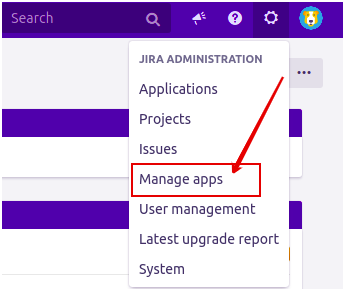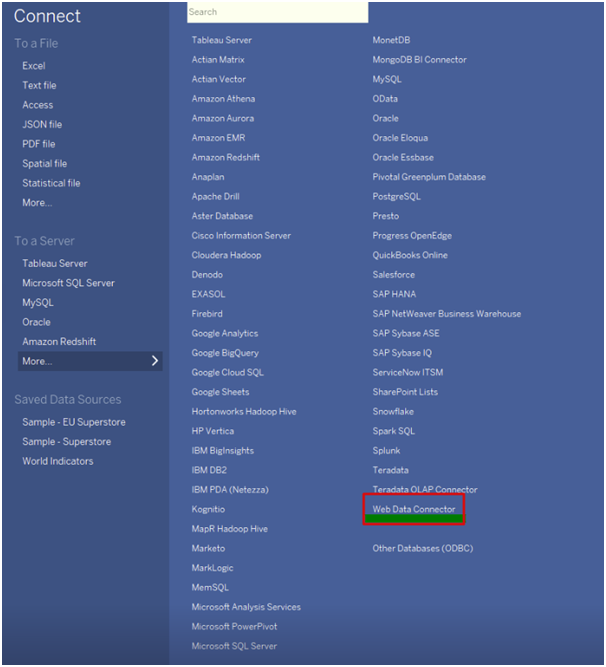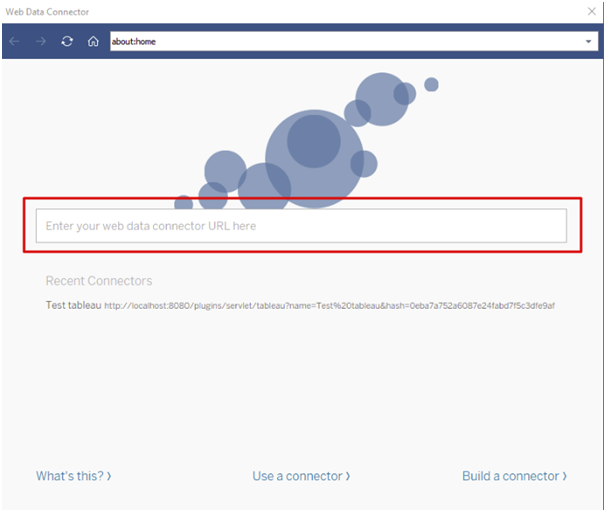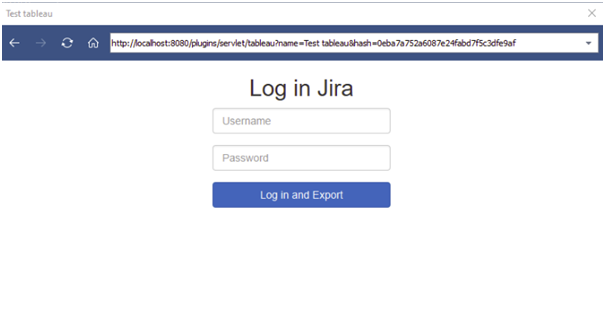Companies have become more reliant on AI technology to address many of the most pressing concerns that they have been facing. They can often address these issues more easily by merging different tools with varying AI capabilities, which gives them the opportunity to leverage the best features from each.
Jira is a powerful platform for managing projects. It helps development teams better communicate with users and testers. It also gathers lots of handy data that can be invaluable for countless organizational purposes. This data can be utilized to make the most of a variety of AI features embedded into the technological framework of the application. But it has yet to be discovered, put in order and interpreted.
Business intelligence and AI software applications like Tableau can help turn this raw data into actionable insights. So, let’s see how you can easily make these tools work together.
Why AI-Driven Organizations Should Integrate Tableau and Jira
Jira has been designed for bug tracking and agile project management, but it is also a good application for monitoring key performance indicators and collecting other useful information such as time spent on different issues and tasks, customer satisfaction, development and support costs, etc.
To make this data work, agile companies use smart tools, like Tableau. The latter allows creating reports, charts and data maps, tracking trends, and analyzing insights, which, in turn, helps you puzzle out what is going on with your business and make better decisions. Tableau is user-friendly and even people without technical skills can develop interactive dashboards, make calculations and wade throught the details quickly and without effort.
These tools have given rise to a number of new AI features. In October, Atlassian announced a number of new AI capabilities that were being introduced with Jira.
One of the most impressive AI features offered by Jira is a new predictive analytics solution that helps offer predictive user mentions. Predictive analytics is also helping with issue assignment tasks as well.
Project restrictions have become more widely governed by AI with Jira as well. The AI tool can look at the types of projects that individual users work on and which team members they collaborate with. This helps the platform come up with better user permissions and project restrictions, which saves project managers from having to manually assign those permissions themselves.
Tableau is also heavily dependent on AI technology. It has a number of Smart Analytics features. It also merges AI with BI technology to create a more versatile experience.
Tableau discussed this in a blog post back in September:
“Tableau and Aible are a great way to supercharge your data with AI to create a seamless BI + AI experience. The Aible extension for Tableau enables users to build predictive AI models directly within Tableau in minutes for a seamless experience. With a few clicks, Aible applies its library of ML algorithms to analyze your data, uncover hidden patterns, and deliver predictive business insights. Then use Tableau’s powerful visual analytics technology to dive deeply into those insights. The result: faster analysis and better decision-making.”
Tableau Jira Integration Best Use Cases
Here are some suggestions how you can make your team more productive with a number of new AI capabilities by integrating Tableau and Jira:
Data Visualization. With Tableau, you can easily turn Jira data into visually appealing dashboards and informative charts, and then share it with non-technical team members, customers and other stakeholders.
Combine Data From Different Sources. You may merge data from Jira with insights from other sources linked to Tableau to track work activity and friction points and see the whole picture of your business.
Predict business trends and customer behavior. Analyzing data collected from multiple sources for different time periods will help you understand future business and customer trends and effectively plan for business strategies.
Improve Productivity. You can further use insights received with Tableau to identify your company’s benefits and weaknesses, as well as future market trends, and make your team work in a more profound way.
How to Connect Tableau to Jira?
Neither in Jira, nor in Tableau, there are build-in options for bringing these two platforms together, but you can use a third-party add-on. For example, connector developed by Alpha Serve, a Ukrainian software development company and Atlassian Marketplace Partner, providing custom solutions for businesses to help them achieve their targets.
Trusted by educational institutions, governments and leading companies, Tableau Connector for Jira allows you to seamlessly import data from one tool to another and is available in Atlassian Marketplace. It is easy to set up and may be customized in accordance with the user skills and needs. Connector has multiple filtering options, which means you can choose which data to send to Tableau, e.g. Jira tables and fields, including Custom fields, History, Agile, etc. It is able to cope with thousands of records at high speed and offers secured data sharing for safe use by multiple users or groups.
Now, let’s see how you can install and use Tableau Connector for Jira.
Install Tableau Connector for Jira
First, log into your Jira instance or account and ensure you have administrator rights. Then go to Manage Apps section.

When the platform redirects you to Find New Apps page, type “Tableau Connector For Jira Alpha Serve” into the search field.

You will be asked to purchase the license or get a Free Trial version. Choose an option which suits you best and follow the standard installation process.

You may also install the Tableau Connector for Jira directly from the dedicated Atlassian Marketplace page. Once installation is successful, Tableau tab will appear in your Jira main menu.
Now you may configure the app according to your needs. Just navigate to the Plugin settings and see if you want to edit the general settings, set the tolerable limits in numbers of exported issues or give authorization to create, watch, edit, or export connections to users.
Import the Data from Jira Into Tableau
To import the data from Jira to Tableau you will need to use the Data Source URL. It is generated by Tableau Connector for Jira.
- Copy the URL of your connector

Launch Tableau Desktop, select Web Data Connector

- Enter copied URL in the opened window. Press Enter.

- Fill in your Jira or Tableau Connector credentials, depending on your product version, and press Log in and Export button. The process may take some time, if there is too much data.

Integrating Jira and Tableau is Great for Improving AI Feasibility
Project management platforms that utilize AI such as Jira bring lots of benefits for agile teams, but you need additional tools like Tableau to make good use of the raw data it helps to gather. Linking these two solutions will help you understand your company’s processes and issues, market trends and customer behavior to develop better strategies and optimize workflow. You can get a lot more value out of the AI features available to them.




